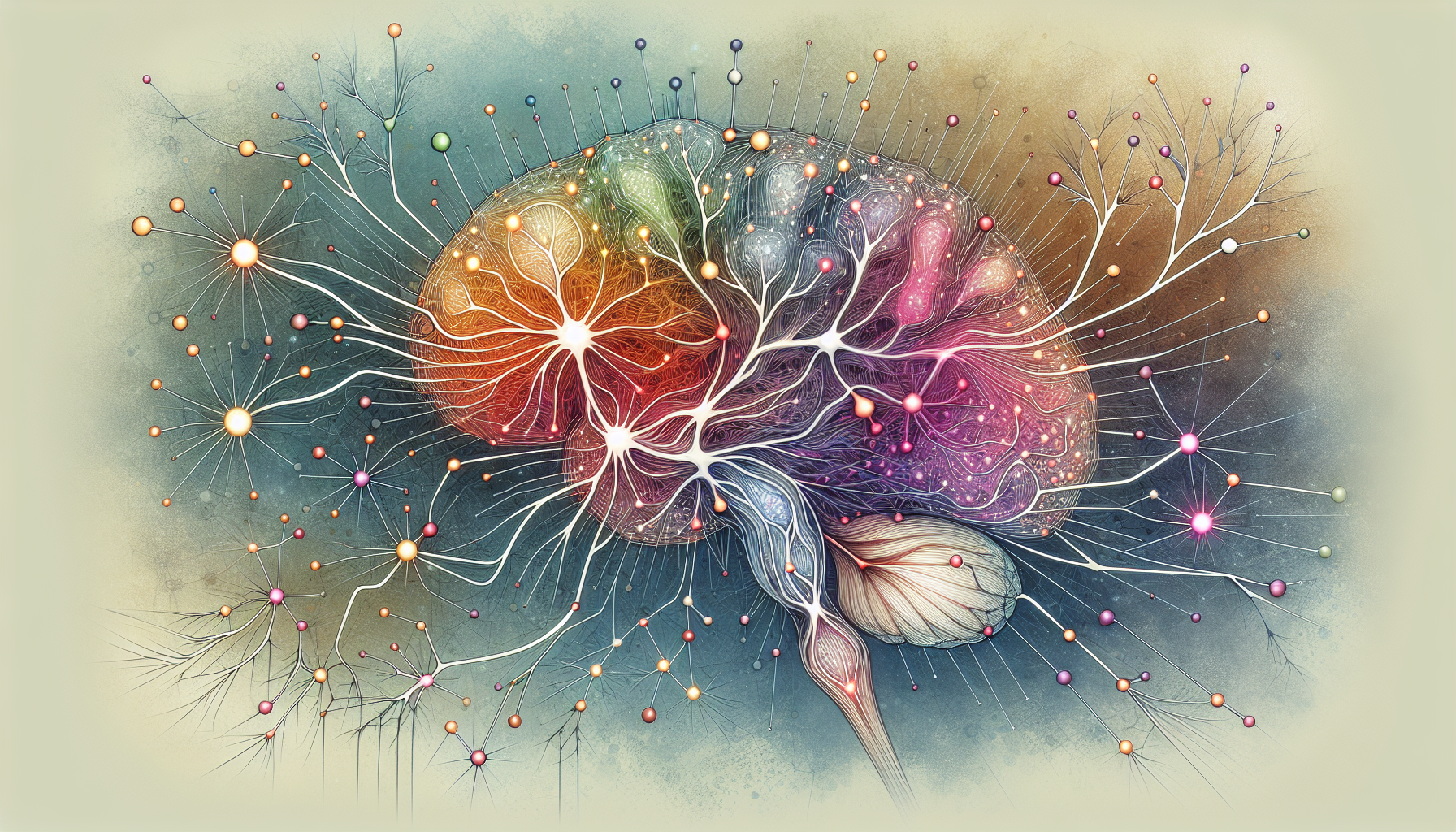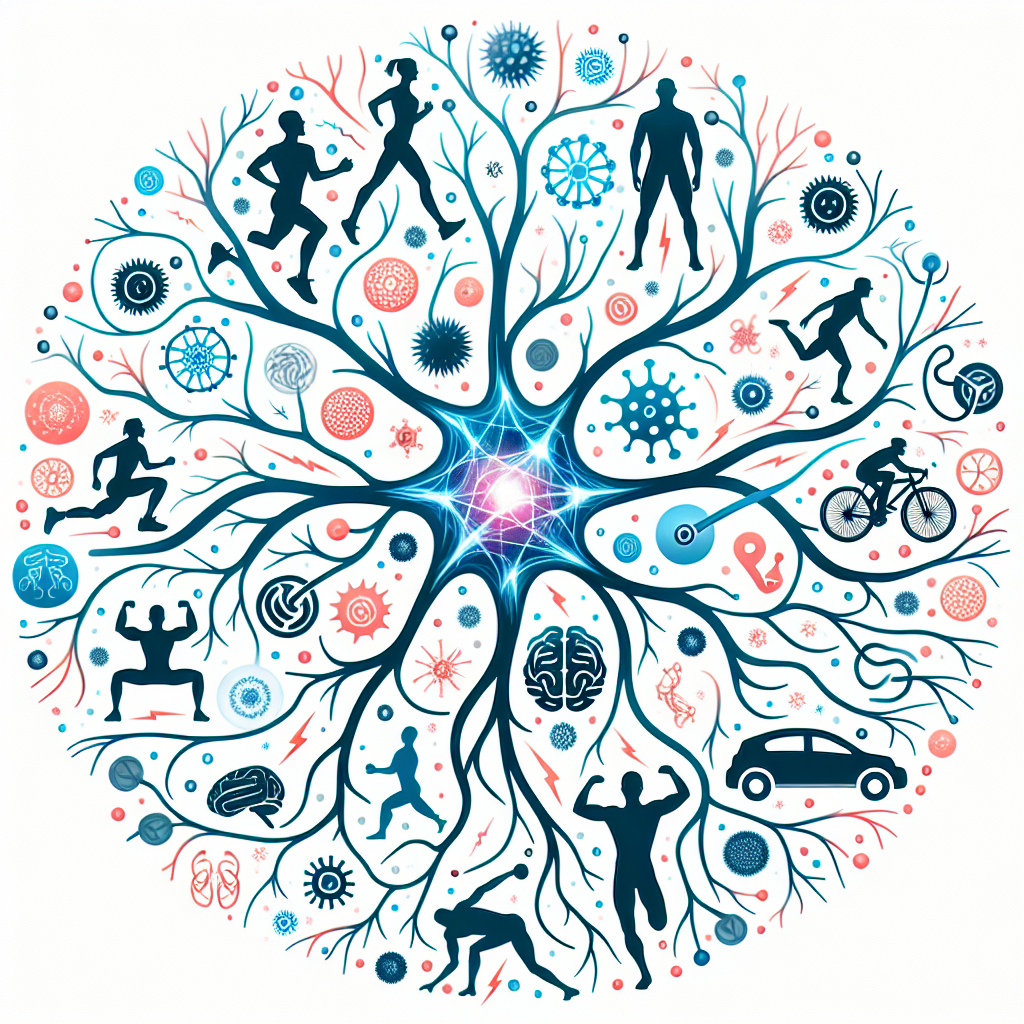Neuroplasticity, or brain plasticity, is an extraordinary feature of our brains that allows for lifelong growth and healing. It is the brain’s ability to reorganize itself by forming new neural connections throughout life. This adaptability plays a crucial role in our brain’s capacity to recover from injuries, learn new information, and adapt to new situations or changes in the environment. In this comprehensive exploration of neuroplasticity and brain health, we will delve into the mechanisms that fuel this process and the lifestyle practices that can enhance it, contributing to overall well-being and cognitive function.
The Mechanisms of Neuroplasticity
The human brain is composed of billions of neurons, interconnected by synapses that transmit information. When we learn something new or experience something, these neural connections can strengthen or weaken, and new synapses can form—a process known as synaptic plasticity. This is the foundation of neuroplasticity.
Two types of changes primarily drive neuroplasticity: functional changes, which involve the adjustment of the brain’s functional maps in response to activity or damage, and structural changes, which involve the brain physically changing its structure due to learning or experience.
For a deeper understanding of neuroplasticity, consider exploring our extensive resource on Brain Health, which offers insights into the various factors that influence cognitive function and neurological well-being.
Factors Influencing Neuroplasticity
Several factors can influence the brain’s plasticity, including age, environment, emotions, and lifestyle choices. While it was once believed that neuroplasticity predominantly occurs during childhood, research now suggests that our brain continues to create new neural pathways and alter existing ones in response to new experiences and learning, even into adulthood.
Age and Neuroplasticity
Although neuroplasticity occurs at all ages, the rate and efficiency of synaptic plasticity can decrease over time. This doesn’t mean that older adults can’t learn new things or recover from brain injuries—it just may take longer compared to children or younger adults.
Environmental Enrichment
A stimulating environment with a variety of activities and challenges can enhance neuroplasticity. Learning new skills, engaging in complex tasks, and interacting socially can all serve to boost the brain’s adaptability.
Emotional State
Emotions play a significant role in neuroplasticity. Stress and depression can negatively affect brain plasticity, while positive emotions and a supportive environment can enhance it.
Lifestyle Choices
Lifestyle choices such as physical exercise, diet, sleep, and mental exercises also significantly impact neuroplasticity. Regular exercise, for instance, can promote the growth of new neurons, a process known as neurogenesis.
For those interested in how regular activity benefits the brain, the article The Importance of Regular Exercise for Brain Health dives into the connection between physical fitness and cognitive function.
Enhancing Neuroplasticity: Practices and Strategies
Physical Exercise
Engaging in regular physical activity is one of the most effective ways to foster neuroplasticity. Exercise increases blood flow to the brain, which can improve neuronal health and encourage the growth of new neural connections.
Mental Stimulation
Challenging the brain with new tasks and experiences is crucial for maintaining and improving neuroplasticity. This can include learning a new language, playing a musical instrument, or engaging in puzzles and games that require strategic thinking.
Nutrition
A diet rich in omega-3 fatty acids, antioxidants, and other brain-healthy nutrients can support neuroplasticity. Foods such as fish, nuts, berries, and leafy greens are particularly beneficial for brain health.
For comprehensive guidance on dietary choices that promote brain health, consider reading Nutritional Supplements for Enhanced Cognitive Function.
Sleep and Relaxation
Quality sleep is essential for neuroplasticity. During sleep, the brain consolidates memories and clears out waste, which can contribute to better cognitive function and plasticity.
Stress Management
Chronic stress can hinder neuroplasticity by affecting the brain’s structure and function. Implementing stress reduction techniques such as meditation, deep breathing exercises, or yoga can mitigate these effects.
Neuroplasticity and Brain Health Across the Lifespan
Neuroplasticity plays a significant role in brain health across different life stages. During childhood and adolescence, it underpins learning and development. In adulthood, it contributes to our ability to adapt to new information and environments. In older age, maintaining a high level of neuroplasticity can help preserve cognitive function and protect against age-related decline.
For insights into how brain health evolves and how to support it throughout life, the article Brain Health Across Different Life Stages provides valuable information.
The Future of Neuroplasticity Research
Ongoing research into neuroplasticity holds promise for the development of new therapies for brain injuries and neurodegenerative diseases. Understanding how we can optimize our brain’s plasticity may lead to breakthroughs in treating conditions such as stroke, Alzheimer’s disease, and other forms of cognitive impairment.
Conclusion
Neuroplasticity is a fundamental aspect of brain health that affects our ability to learn, adapt, and recover from injury. By engaging in practices that promote brain plasticity, such as physical exercise, mental challenges, proper nutrition, sufficient sleep, and stress management, we can support our cognitive function and overall well-being.
As research continues to unravel the complexities of the brain, the potential for enhancing neuroplasticity will likely expand, offering greater opportunities for maintaining brain health throughout our lives.
For further reading on the exciting field of neuroplasticity, consider these external resources:
- A deep dive into synaptic plasticity and memory
- An exploration of environmental enrichment and neuroplasticity
- The impact of stress on brain structure and function
- The relationship between exercise, neurogenesis, and brain health
By staying informed and proactive, we can all harness the power of neuroplasticity to lead healthier, more fulfilling lives.



